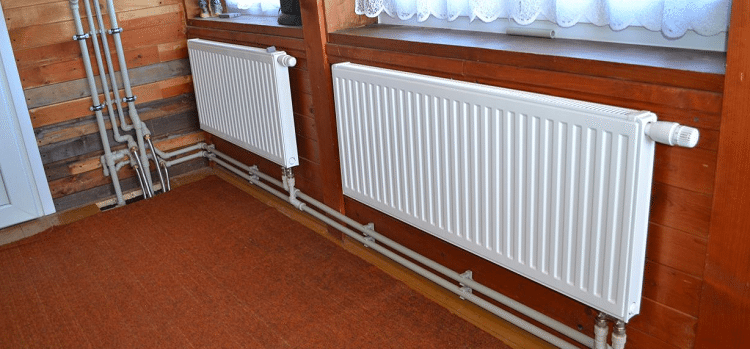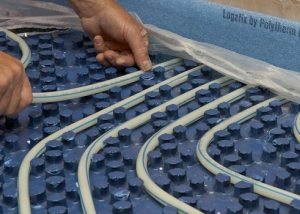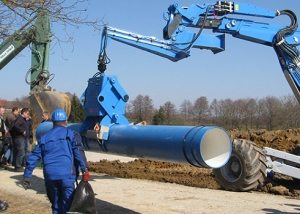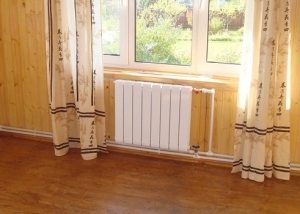Heating a private or apartment building is a rather specific design, the conditions in which are close to extreme. Therefore, the highest demands are placed on pipes for heating systems. Unconditionally suitable for these purposes are metal pipes: copper or steel. But for reasons of practicality and economy, pipelines are often mounted from plastic pipes.
Content
How to choose plastic pipes for home heating?
The choice of plastic pipes is extremely large. Their range includes various product diameters, wall thicknesses and strengths. But not all plastic pipes are suitable for systems with a high temperature of the conducted fluid. To conclude which plastic products are best suited for heating, you need to familiarize yourself with the list of characteristics of each of them.
The main technical properties that plastic pipes for heating must comply with are:
- the plastic from which the pipes are made must withstand very high temperatures close to boiling water. In the heating system of a private house, the coolant temperature rarely exceeds 70-80 degrees. But the work of the pipeline will be of high quality only if the production maximum of plastic is at least 95 degrees. This is due to the fact that with temperature differences in the system, a poor-quality pipe quickly deforms;
- The plastic pipe must calmly withstand sudden pressure increases. For working heating, water hammer and pressure loads are characteristic. Most often, residents of high-rise buildings encounter this, where it is impossible to reduce the pressure of the coolant with one's own hands;
- the coefficient of linear thermal expansion, which has absolutely all materials, the selected plastic should be minimal. Otherwise, when heated, the pipe will increase and sag, and when cooling, excessive stress may appear in the system;
- the inner surface of the pipe of the plastic pipe should not have roughness or abrasions. Otherwise, scale will be deposited on the walls, preventing free passage through the coolant pipes.
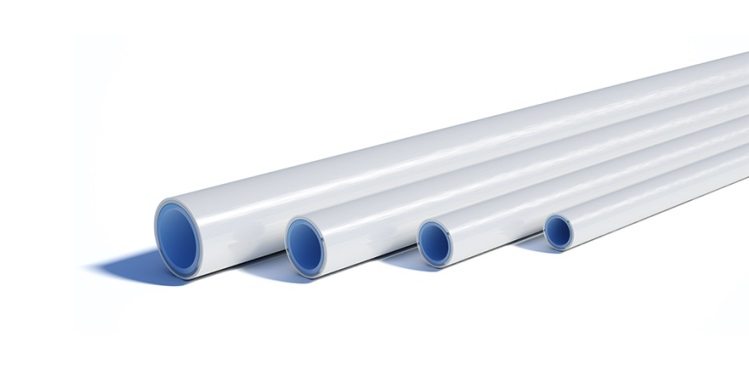
The heating system has high pressure and temperature, so pipes must be selected with increased strength characteristics, for example, reinforced
Which plastic pipes are better to choose for heating?
To choose the pipes that are suitable specifically for your version of the heating system and budget, you need to study the properties and advantages of each type.
Polypropylene pipes. The most affordable option for heating. A significant drawback of polypropylene pipes is their high coefficient of linear expansion. Highways mounted from PP pipes undergo deformations during the heating season: they bend and sag, which greatly spoils the performance and aesthetic appearance of the system. To decide whether it is possible to use such plastic pipes for heating, one should only be fully convinced of the absence of pressure and temperature drops in the system in winter.
Reinforced polypropylene pipes. A variety of PP pipes, improved with an additional layer of fiberglass or aluminum foil. Glass pipes reinforced with fiberglass for heating do not differ in installation method from simple PP products. At the same time, the strength of structures from protected polypropylene pipes increases significantly. Such pipes are the best of all that you can choose on the modern market.
Reinforced aluminum foil PP pipes. They have the same specifications as plastic pipes for heating with fiberglass reinforcement. Their only drawback is the need for additional work during installation. Reinforced aluminum pipes (or rather, their ends) must be released before soldering from the metal layer. Cleaning polypropylene pipes - a simple procedure, it can be easily done with your own hands.
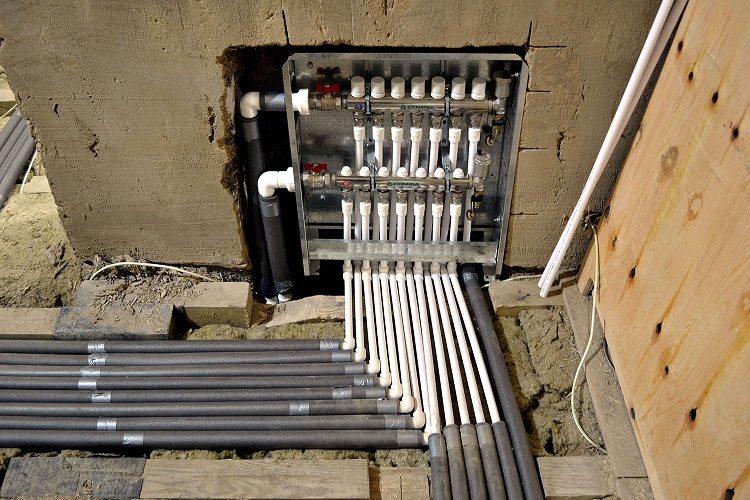
One of the most popular heating pipes is polypropylene, a system of this material can even be laid in a closed way.
Helpful advice! If the pressure force present in the system is unknown, it is better to purchase pipes reinforced with foil. They better withstand pressure drops than fiberglass reinforced ones.
Cross-linked polyethylene pipes. Good plastic pipes oriented both to central heating and to a system of underfloor heating. Plastic pipes for heating, the characteristics of which resemble reinforced PP pipes. Installation of such a plastic pipe for heating with your own hands requires certain skills and clamping equipment, not always available in the house. Therefore, it is worth acquiring polyethylene pipes when installation work will be carried out by specialists.
Plastic pipes. By design, these products resemble polypropylene pipes reinforced with aluminum, but their wall thickness is thinner. It’s hard to choose a high-quality metal plastic: you can often buy a fake. Plastic pipes made with insufficient adherence to technology exfoliate over time.
Floor heating with plastic pipes
An alternative method of heating a private house is a floor heating system. For heating the floor with plastic pipes, it is best to use products made of cross-linked polyethylene. Polypropylene pipes with similar properties are less suitable due to poor flexibility. Design bends are possible only with the help of adapters, which greatly complicates the installation process.
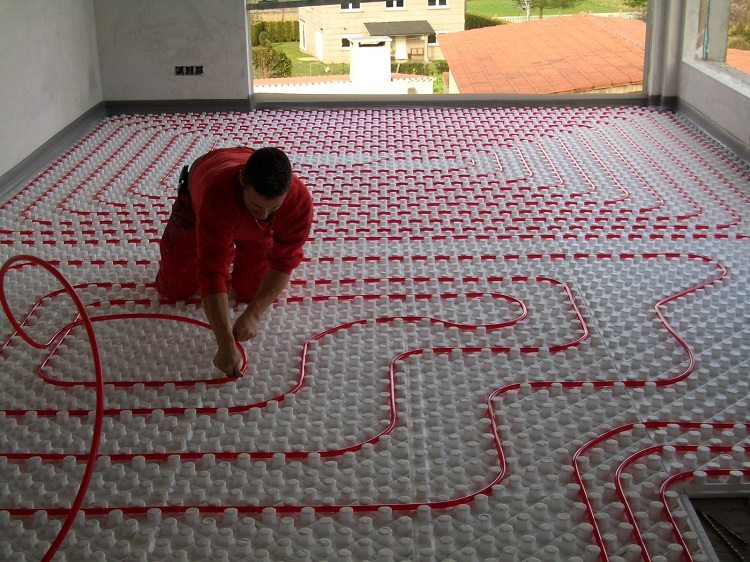
For a warm floor, a flexible but durable pipe is needed, therefore, cross-linked polyethylene products are often used in such systems
Plastic pipes can also be used for underfloor heating systems, but their laying in concrete implies some features. The metal-plastic pipe is laid in a sleeve that provides space for expansion of the material when heated.
Helpful advice! It is recommended to leave expansion joints in the floor screed when using any type of plastic pipe.
As an operation of the underfloor heating system, it is important what additional materials were chosen for installation. A huge role, in particular, is played by concrete. Normal concrete should not be used as it is susceptible to cracking. Plasticizers are added to concrete to increase elasticity, but in strictly regulated quantities. It is best to replace the concrete with a special screed for the floor - you can purchase a ready-made mixture or make it yourself.
Assembling a warm floor can be done with your own hands. Before laying plastic heating pipes in concrete, it is necessary to provide the surface with a flat surface. A layer of concrete screed can be used, but concrete must dry well before laying the pipe mesh. If the floor of the house is very cold (for example, a damp basement is located on the floor below), it is worth taking care of insulation.As an insulating material, foam sheets coated with a protective film are sometimes used. Pipes are laid according to schemes such as "snake" or "snail", and the step between the pipes should be the same throughout the system. The resulting structure is fixed with clips and poured with a screed. Concrete is laid with a layer of 30 to 70 mm.
What is necessary for installing plastic heating pipes with your own hands
Once purchased plastic pipes, you can proceed with the installation of heating a private house. How to make heating from plastic pipes yourself depends on the type of product chosen. Do-it-yourself soldering of polypropylene pipes in accordance with the product wall thickness. Usually, plastic pipe welding passes very quickly, up to 10 seconds. Overheating can damage the product. Polyethylene pipes are connected by crimp fittings.
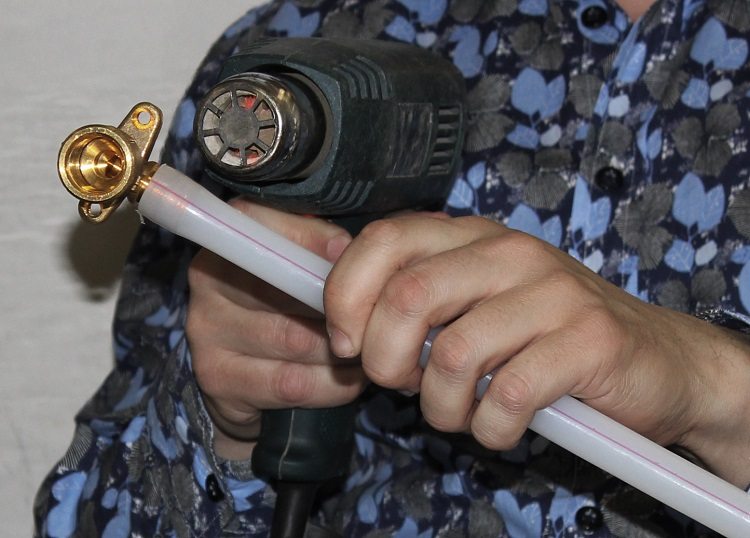
The installation of the system from plastic pipes is carried out through various fittings, their type and method of fastening depends on the type of pipe
Plastic pipes for heating can be laid in the wall, but for this it is necessary to provide for a strob for free expansion.
For heating from plastic pipes with your own hands you will need the following connecting elements:
- couplings - when connected by soldering;
- threaded couplings - with threaded connections;
- adapters - if pipes of different sizes are present in the system, as is the case with the heating design of a private house of the Leningradka type;
- tees, crosses - are needed in order to make piping;
- clamps and fasteners - for fixing plastic pipes to the walls of the house;
- bushings, plugs, ball valves (stop valves).
What fasteners, connectors and other elements will be needed for installation will be determined by a preliminary plan of the heating system of the house. When using metal-plastic or polyethylene pipes, it is also useful pipe bender, which can be done with your own hands.
Installation of heating pipes is a simple procedure, which is often done seamlessly with your own hands. Of greater importance in the operability of the system is the correct choice of pipes. Following the suggested recommendations, it is possible to ensure adequate heating of the house.
